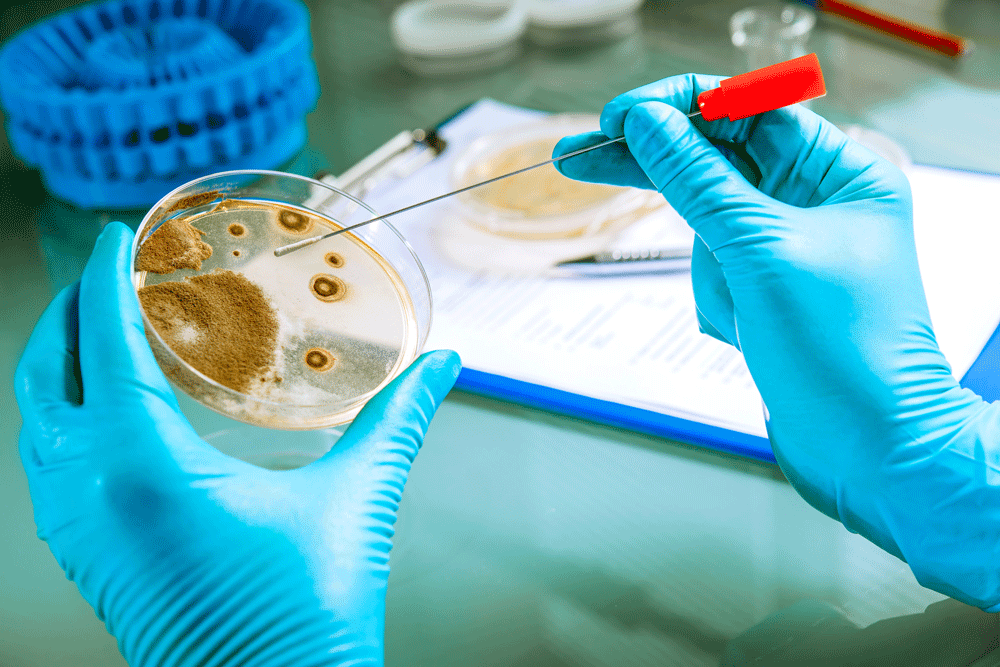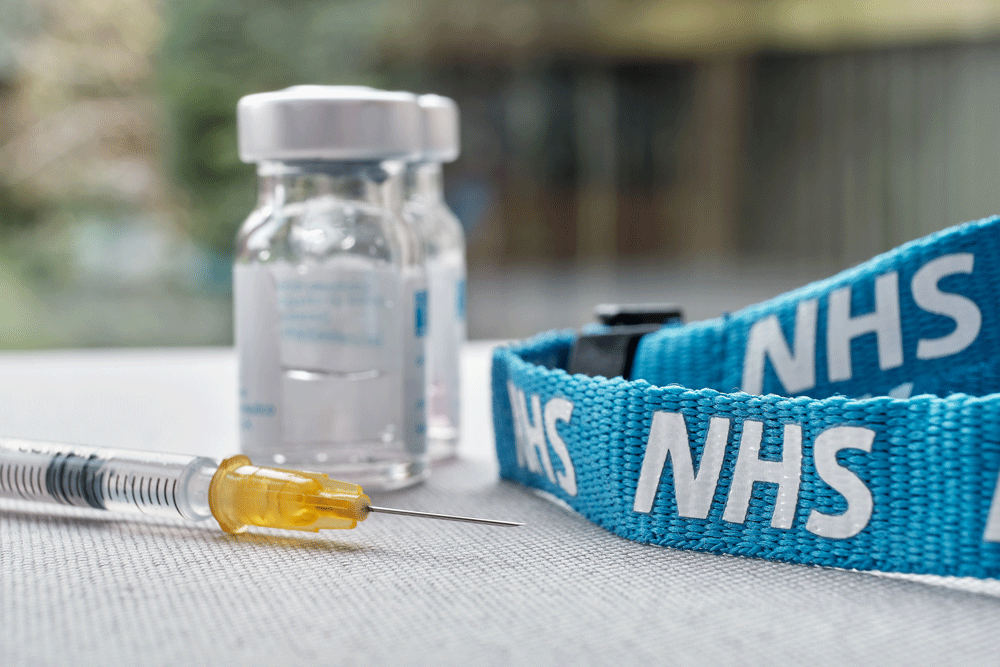In the second of three articles exploring biopharma trends to look out for in 2021, we’ll take a look at biosimilars; what they are, why they matter, and how they have the potential to save the NHS upwards of £300m per year at a time when public finances are most stretched.1
The Rise of Biological Medicines
In basic terms, a biologic drug is made up of proteins, and grown from living organisms (yeast, bacteria), whereas pharmaceutical products are chemical based. Biologics are usually injected, so if it’s swallowed, it’s most likely not a biologic. These complex proteins, made from living cells through highly complex manufacturing processes, have become the fastest growing class of therapeutic compound since the development of insulin six decades ago, helping treat some of the most serious medical conditions such as rheumatoid arthritis, cancer, rare blood disorders, multiple sclerosis, diabetes and HIV/AIDS.2
Forbes recently reported that in 2017, according to data from the IQVIA Institute, biologic drugs represented 2 percent of all U.S. prescriptions, but 37 percent of net drug spending. Since 2014, biologic drugs account for nearly all of the growth in net drug spending: 93 percent of it, in fact.3 It’s clear to see that biologic based drugs have been increasing their market share for the last decade.
In the U.K., the NHS reported that as of 2017, six of the top 10 medicines by spend prescribed in its hospitals are biological products.4 One reason for this is the rise of the conditions they treat, and consumer demand for effective treatments. Crohn’s disease, various cancers, diabetes, multiple sclerosis (MS), and rheumatoid arthritis (RA) have become increasingly prevalent, and in turn the range of biologic treatments has expanded to meet the need of the patient.
As new biologic treatments were developed, tested and manufactured, biopharma companies made sure to patent their products to ensure they secured a market share. In the U.S., a biopharma patent lasts twenty years, giving the manufacturer a period of time to make back their investment, as well as significant profits. However, when patents run out, other biopharma companies can take advantage of the extensive research and development carried out twenty years earlier, and create copycat biologics that have virtually the exact same component makeup, safety, and efficacy, thus passing regulatory scrutiny without investing 1 or 2 decades in R&D. These copycat biologics are known as biosimilars.
What are Biosimilars?
A biosimilar medicine is a biological medicine which has been shown not to have any clinically meaningful differences from the originator medicine in terms of quality, safety and efficacy.5 So, if the originator biologic medicine is the bestselling anti-inflammatory biologic, Humira (adalimumab) then a biosimilar would be a biologic that passes all the same safety and efficacy tests as its reference originator biologic, but without the long, costly process of research and development Humira underwent.
There are more than 300 biologic drugs treating a variety of conditions now available, however with over half of these due to have their patents expire, ‘copycat’ biosimilar producers are now able to produce cheaper alternatives that do virtually the same thing. Bad news for some biopharmaceutical companies, but good news for those requiring more treatment options, and for healthcare providers on tight budgets.
The Saving Potential of Biosimilars
Biologics are expensive to make, and require long, drawn out research, development, and regulatory approval processes. As a result, they’re expensive to buy. A single dose can cost $10,000 and up.6 This cost hits both healthcare providers such as the NHS, and paying customers hard. And, with the world in economic turmoil because of COVID-19, the cheapness and availability of biosimilars has taken on even greater significance.
Given the quality-of-life biologics can deliver, the time and cost involved in their development, it’s understandable that biopharma companies would want to be reimbursed for their outlay. But with patents expiring, a raft of biopharma companies are racing to develop lookalike biosimilars at a fraction of the cost and time outlay, meaning a significant drop in market price compared to originator biologics.
According to the NHS, ‘through making biosimilar medicines more quickly available the NHS will by 2021 be able to take advantage of up to £300m of savings each year offered by these new products, enabling more patients to have access to other life-saving and life-enhancing treatments.’7
According to Forbes, biosimilars have the potential to reduce the cost of high-cost biologic medicines by up to 40%. And, when you consider that 75% of the increase in net spending on all medicines was due to biologics, it stands to reason that controlling the spending for these medicines is the key to controlling the drug affordability problem.8
The U.S. spent $125.5 billion on biologics in 2018, however the introduction of biosimilars into the market is expected to lead to significant savings. As reported by Becker’s Hospital Review, a study carried by a data science firm based in the U.S. found that biosimilars are expected to reduce drug spending in the U.S. by $100 billion in the next 5 years.9 With therapeutic availability and affordability a key and growing issue, alternatives to originator, high-value biologics is going to be key to governments and healthcare providers balancing the books while simultaneously providing better outcomes for patients.
In Summary
As originator biologic patents begin to expire, we could see a raft of new biologic therapeutics coming onto the market at a fraction of the price. As well as significant savings for governments and healthcare providers, it means a wider and more accessible range of therapeutics for people living with chronic illnesses.
In the last of our three articles exploring biopharma trends to look out for in 2021, we’ll be looking at blockchain, and how the technology is being used in cold chain logistics to create and added level of security when shipping biopharmaceutical products throughout the world. To stay up to date with our latest news, follow us on LinkedIn and Twitter.
External References:
- NHS (2020) – Biosimilar medicines
- Alta Sciences (2020) – ARE BIOSIMILARS DESTINED TO REPLACE BIOLOGICS?
- Forbes (2020) – Biologic Medicines: The Biggest Driver Of Rising Drug Prices
- NHS (2020) – Biosimilar medicines
- NHS (2020) – Biosimilar medicines
- Creaky Joints (2018) – Biosimilars Explained: Answers to Questions You’ve Been Asking
- NHS (2020) – Biosimilar medicines
- Forbes (2020) – The Savings Potential Of Biosimilars Is More Urgent Than Ever
- Becker’s Hospital Review (2020) – Biosimilars to cut US drug spending by $100B in 5 years, study says


